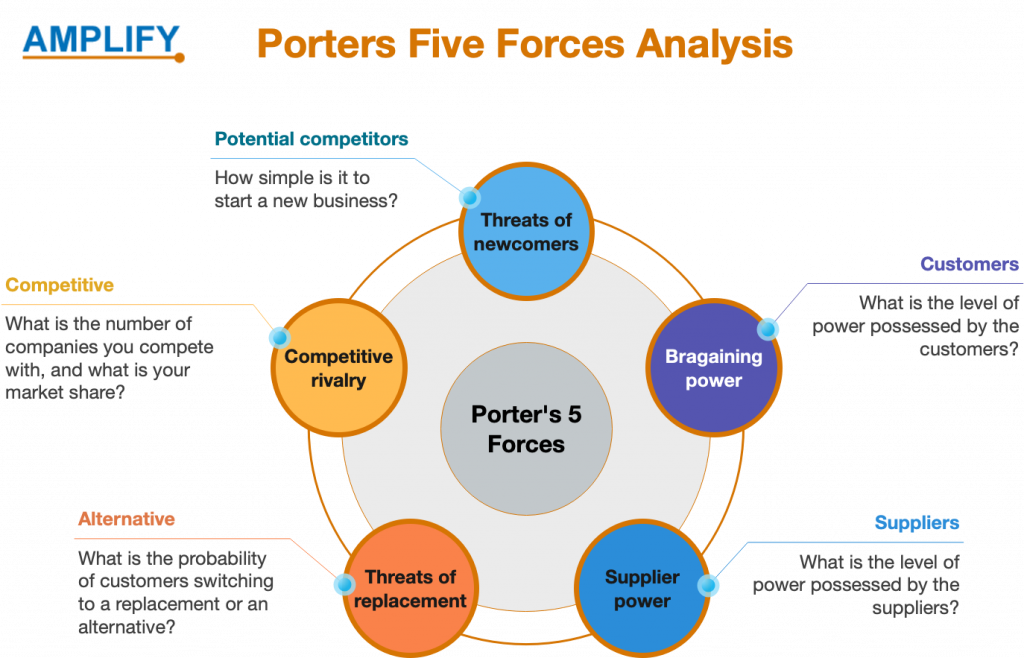The “Subscription business model” is a strategy revolving around the recurring sale of goods or services for a periodic fee.
In this model, customers sign up for subscriptions that grant them access to the company’s offerings on a recurring basis. Depending on the company’s pricing structure, the subscription fee may be billed daily, monthly, quarterly, or annually. Moreover, the “Subscription business model” emphasizes the development of long-term customer relationships. By providing continuous value and maintaining a high level of customer satisfaction, businesses seek to retain subscribers for an extended period of time.
Netflix, LinkedIn, Amazon Prime, and Dollar Shave Club are a few examples.
Premium features
This model frequently offers customers additional benefits and exclusivity. Premium features, early access to new releases, special discounts, and personalized content may be available to subscribers. In addition, the “Subscription business model” relies on a consistent revenue stream. Instead of making one-time purchases, businesses benefit from recurring revenue, which provides stability and simplifies financial planning. In addition, businesses employing this model prioritize customer retention and decrease churn. They invest in delivering exceptional customer experiences, offering ongoing support, and continuously enhancing their offerings to maintain subscriber engagement and satisfaction.
Subscribers increases, revenue increases
The subscription model provides opportunities for scalability. As the number of subscribers increases, revenue increases without proportional increases in production or fulfillment expenses. In addition, the “Subscription business model” frequently employs data-driven insights to personalize offerings and boost customer engagement. Companies utilize customer data to personalize their recommendations, content, and marketing campaigns. Finally, the “Subscription business model” is adaptable to numerous industries, such as software, media streaming, e-commerce, and even physical goods. It provides businesses with a source of recurring revenue and fosters customer loyalty. Success is driven by recurring fees, long-term customer relationships, added benefits, predictable revenue streams, customer retention, scalability, data-driven personalization, and adaptability, according to the “Subscription business model.”
This model is beneficial for content- and service-based websites.
One prominent example of a company using the subscription business model is Netflix. Netflix offers a subscription-based streaming service, allowing users to access a vast library of movies, TV shows, documentaries, and original content. Subscribers pay a monthly fee for unlimited streaming, giving them the flexibility to watch content on-demand and across multiple devices. Netflix focuses on delivering a seamless user experience, regularly updating its content library, and investing in original programming to keep subscribers engaged. By offering a compelling subscription service, Netflix has built a loyal customer base and achieved significant success in the streaming industry.


















